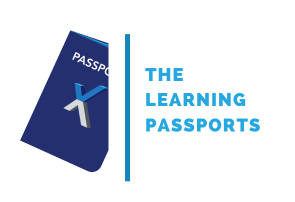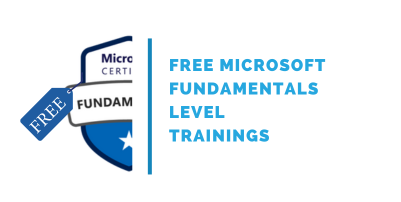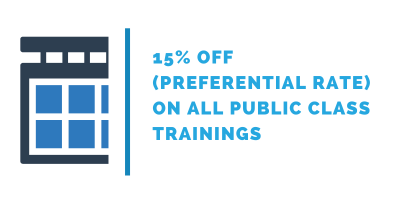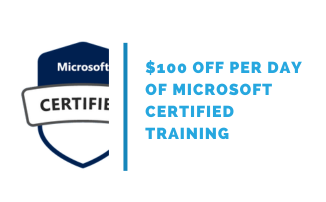
Microsoft 365 Certified: Modern Desktop Administrator Associate (MD102)

In this five-day Microsoft Certified course, students will learn to plan and execute an endpoint deployment strategy using contemporary deployment techniques and implementing update strategies. The course introduces essential elements of modern management, co-management approaches, and Microsoft Intune integration. It covers app deployment, management of browser-based applications, and key security concepts such as authentication, identities, access, and compliance policies. Technologies like Azure Active Directory, Azure Information Protection, and Microsoft Defender for Endpoint are explored to protect devices and data. After finished course, users will earn the title of Microsoft 365 Modern Desktop Administrator Associate.
This training is a comprehensive preparation for the Microsoft 365: Endpoint Administrator exam to earn the Microsoft 365 Certified: Modern Desktop Administrator Associate certification.

Public class
2845$
Duration:
5 days / 35 hours
Private class
Virtual classroom
5
5 days / 35 hours
Price on request
English or French
Contact us for more information on pricing::
Eccentrix
Office: 1-888-718-9732
E-mail: info@eccentrix.ca
130, King Street West, Suite 1800
Toronto, Ontario M5X 1E3
www.eccentrix.ca







